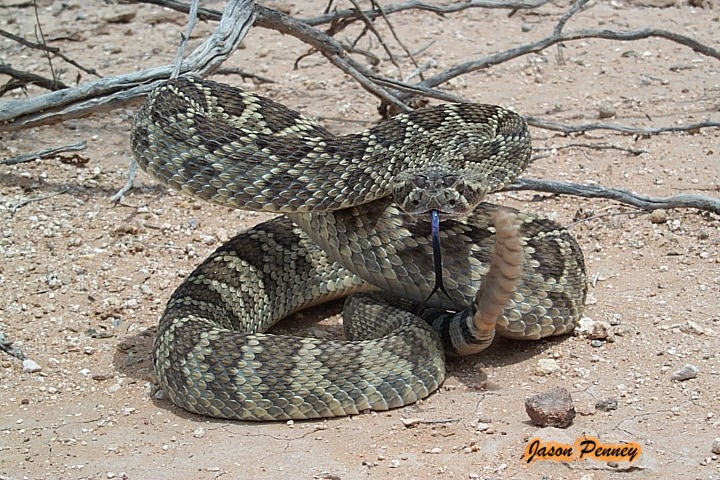
The other night, we went to the AZOSA monthly presentation and heard Dr. Rick Oliver speak. Dr. Oliver has a M.S. and PHD in biology with an emphasis on herpetology and was the former director of the Mount Hermon Outdoor Science School.
Herpetology is the study of snakes, and that was the main thrust of Dr. Oliver's talk. He began by telling us about his militant atheism for nearly thirty years, before coming to believe in God through the study of the eruption of Mt. St. Helens. He also told about how the snake, designed to be a perfect killing machine, was always difficult for him to reconcile with his belief in Darwinian evolution.
We took the whole clan to the presentation and I think Ethan was especially impressed with Dr. Oliver's descriptions of the killing mechanisms of various snakes.
For those of us in the west, here are some salient points:
- 99% or more of rattlesnake bites are on males between the ages of 5 and 25.
Why do you supposes this is?
- Another 99% or more of snake bites on these males are accidental. In other words, the snake didn't have any intention of biting the person to begin with. They only did it because they were in some way provoked. The demographic of who is bitten would help explain that.
- If you are bitten, don't run and try not to walk. It only accelerates the venom moving through the body.
- Don't ice a bite and NEVER cut a bite.
- Don't try to suck the venom out. It doesn't work.
- 50% of rattlesnake bites are dry bites - no venom at all.
- Don't play with pythons or other constrictors, unless you are really stupid. They can easily wrap you up and suffocate you, can kill much quicker than venomous snakes and when they do bite, the jaws can not be unlocked.
- Once again, if you dangle a python around your neck, you're an idiot.
- A diamondback rattlesnake can strike at speeds of up to 12 ft per second. Dodge that, if you can.
For more information about snakes, go outside and prod one with a stick. After you are bitten, the doctors will tell you all about them.
Or, talk to our friend Jeff. He was bitten by a baby rattlesnake while trying to save his band class from it. His method of saving band classes was to pick the snake up and carry it somewhere else. It doesn't always work out so well and I think he may have since modified his methodology.

No comments:
Post a Comment